Long before Bethesda took the reins of the series and Walton Goggins smeared on the ghoul make-up for his spellbinding turn in its adapted TV show, Fallout was an isometric action RPG viewed from a bird’s eye perspective. It’s that classic style of wasteland-wandering that the upcoming Survive the Fall appears to be using as its reference point, at least if the first few hours of the game I experienced are any indication. This deadly post-apocalyptic tale of survival builds on the original Fallout’s template – quite literally in the case of its robust camp development system – and its squad-based combat and scavenging help it craft an experience that feels fresh, even if the somewhat static story presentation prevents its personality from totally shining through.
Unlike so many other post-apocalyptic settings, *Survive the Fall*'s ruined world wasn't caused by humanity's nuclear negligence. Instead, it appears that a catastrophic event similar to the one that led to the extinction of the dinosaurs struck when a comet collided with Earth, wiping out a significant portion of the global population. This impact left behind a smoldering crater that emits a toxic mist known as Stasis. Survivors either steer clear of this deadly fog or harness its otherworldly power, mutating into stronger forms at the cost of their humanity. In *Survive the Fall*, your growing squad of scavengers must forge alliances with the various factions scattered across its three biomes to survive and thrive, from the Stasis-huffing Shroomers to the mysterious cult known only as the Sighted.As I undertook each new task from Survive the Fall's myriad quest-givers, I quickly grew fond of its squad-based system. As you navigate your party of up to three survivors through the sprawling national park that serves as the game's initial setting, you can either manually search through abandoned chests for chemical compounds or chop down trees for lumber, or simply delegate these tasks to one of your cohorts with a button press, freeing you to focus elsewhere. This division of labor feels more natural than micromanaging every task while your AI companions stand idly by, and it accelerates the process of scavenging each settlement you encounter. The only drawback was the occasional visual clutter caused by multiple interactive elements in close proximity, though such instances were fortunately rare.
Combat in Survive the Fall is also team-based. Given the scarcity of rifle and shotgun ammunition in the early stages, I prioritized stealth in my encounters with various marauders and ghouls. Each infiltration of an enemy camp felt like a calculated mission, reminiscent of the strategic gameplay in Commandos: Origins – hiding in long grass, using distractions like thrown stones, carefully navigating enemy vision cones, and silently taking down foes before directing my squad to dispose of the bodies. The game also offers environmental hazards to exploit, such as explosive barrels and strategically placed cargo pallets that can be dropped onto unsuspecting guards with a well-timed shot.
Survive the Fall - Preview Screens
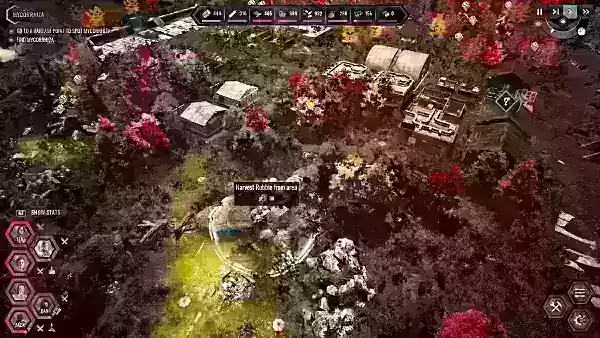
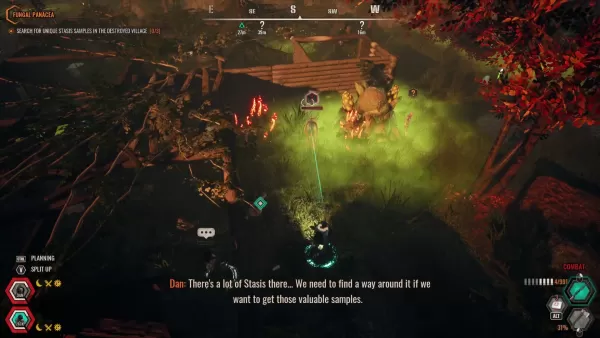 14 Images
14 Images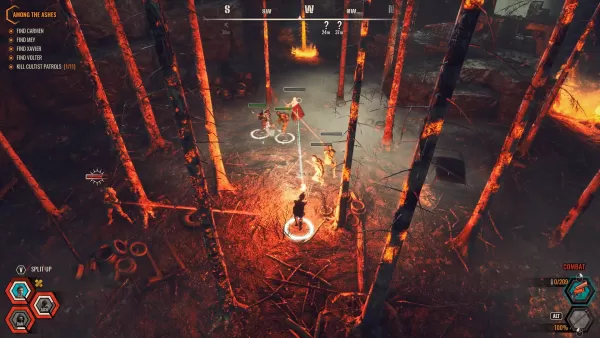
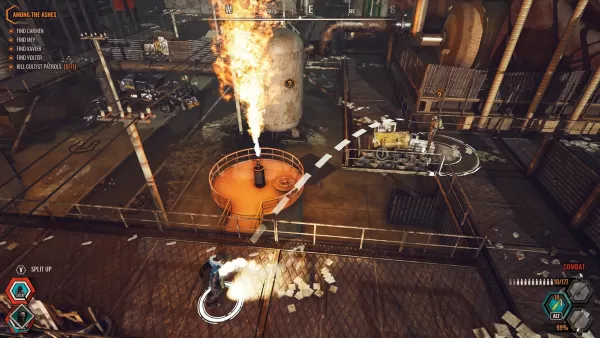
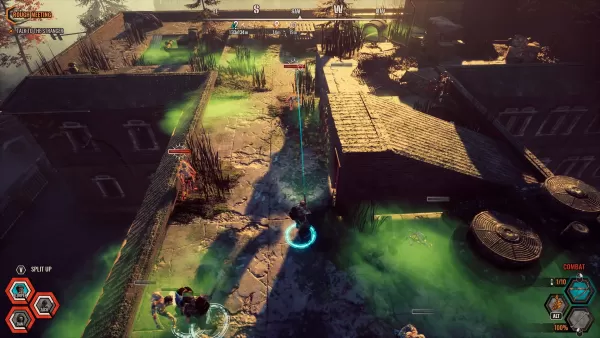
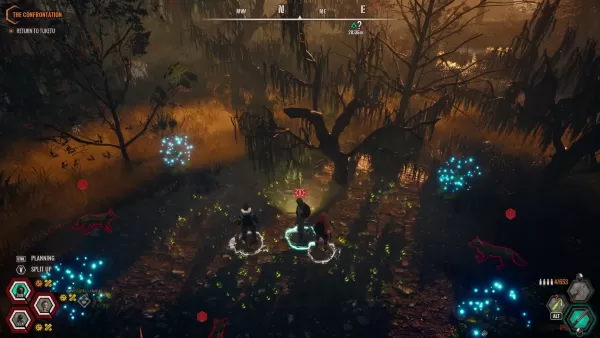 Clearing out clusters of cultists was satisfying, but when my cover was compromised, combat became somewhat cumbersome, particularly with a controller. Aiming with the lasersight felt imprecise, leading me to rely more on melee attacks and dodging to whittle down enemy health in close quarters. Thankfully, the ability to pause and direct my squadmates to target specific enemies – similar to systems in Wasteland or Mutant Year Zero – allowed me to effectively manage battles, focusing my team's efforts on tougher foes while I handled the support units.
Clearing out clusters of cultists was satisfying, but when my cover was compromised, combat became somewhat cumbersome, particularly with a controller. Aiming with the lasersight felt imprecise, leading me to rely more on melee attacks and dodging to whittle down enemy health in close quarters. Thankfully, the ability to pause and direct my squadmates to target specific enemies – similar to systems in Wasteland or Mutant Year Zero – allowed me to effectively manage battles, focusing my team's efforts on tougher foes while I handled the support units.
After a day spent battling mutants and gathering resources in Survive the Fall's treacherous badlands, the game shifts into a base-building management sim back at your camp. Documents found in the wild can be researched to earn knowledge points, which you can then invest in a comprehensive technology tree to unlock crafting options ranging from bunk beds and kitchen areas to water filtration systems and an armory. Resources such as timber can be transformed into planks and used to construct new structures like plant boxes or gates to protect against nighttime raiders, while foraged herbs and salvaged meat can be prepared into meals for your next expedition. The depth of this system promises many hours of engaging base development in the final game.
Beyond my base, Survive the Fall offered numerous intriguing areas to explore. From a crashed passenger plane turned enemy fort to a farmstead teeming with Stasis-infected ghouls, the game consistently presented unique locales to discover. While the impressive detail in areas like the luminescent mushroom clusters of Mycorrhiza added to the immersive experience, it also contributed to occasional framerate issues that could detract from gameplay. Moreover, I encountered a few game-breaking bugs that required me to quit and reload my save, particularly when stuck in inventory or building menus. With Survive the Fall set for release in May, there is still time for developer Angry Bulls Studio to refine its performance.
Survive the Fall seemed to reward me with distinct locales in any direction I pointed my compass in. However, the lack of voice acting for characters and NPCs results in somewhat flat interactions, conveyed solely through onscreen text. While certain characters, like the quirky Blooper who humorously referred to the Stasis smog as "fart wind," provided some entertainment, most interactions primarily served to advance the next fetch quest rather than deepening my connection with the factions.
Perhaps the bonds will strengthen over the full journey, and we won't have to wait long to find out. Survive the Fall is slated for release on PC this May and is brimming with post-apocalyptic potential. If the developers can smooth out the current rough edges in controls and performance, this could well be a survival-based action RPG worthy of your hard-earned bottlecaps.

